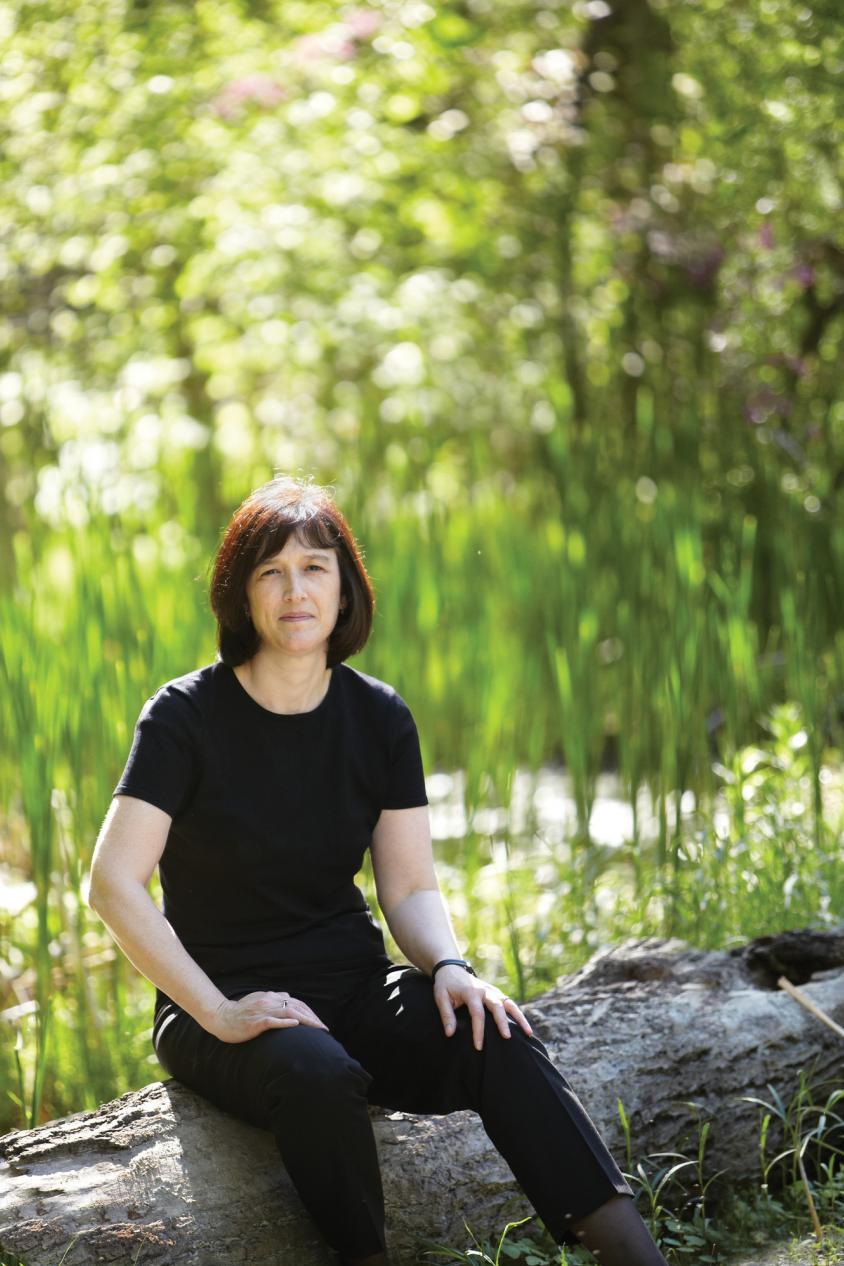Barbara Sherwood Lollar

Research Interests
Dr. Sherwood Lollar's research in groundwater quality and remediation - specifically investigations of degradation of toxic organic compounds using stable isotopes - led the field of stable carbon isotope analysis in environmental geochemistry of organic contaminants in groundwater. Her research established the scientific principles involved in using compound specific stable carbon isotope signatures, rather than just concentration levels of contaminants, to determine the source of contaminants in groundwater and to track their movement, fate, and particularly, the effectiveness of proposed environmental clean-up strategies. A fundamental aspect of Dr. Sherwood Lollar's research involved recognizing the ability to develop Compound Specific Isotope Analysis (CSIA) as a novel quantitative tool. One of Sherwood Lollar's earliest papers in this field (Sherwood Lollar et al., 1999) provided the first quantification in the literature of the dramatic isotopic fractionation effects involved in biodegradation of chlorinated solvents compared and contrasted to petroleum hydrocarbons, and presented a framework of essential criteria for successful field applications. In a series of key papers to follow, her research team demonstrated that isotope fractionation during biodegradation of a host of priority organic contaminants is typically controlled by a Rayleigh distillation model. This reproducible and predictable behaviour is essential for the use of isotope fractionation as a means, not just to identify and monitor biodegradation, but to provide an alternative quantitative measure of the extent of biodegradation and a new basis for calculation of biodegradation rates. Dr. Sherwood Lollar is one of lead authors of the United States Environmental Protections Agency EPA Guidance Document (EPA 600/R-08/148) on the CSIA approach for evaluating environmental clean-up and risk assessment of groundwater contamination.